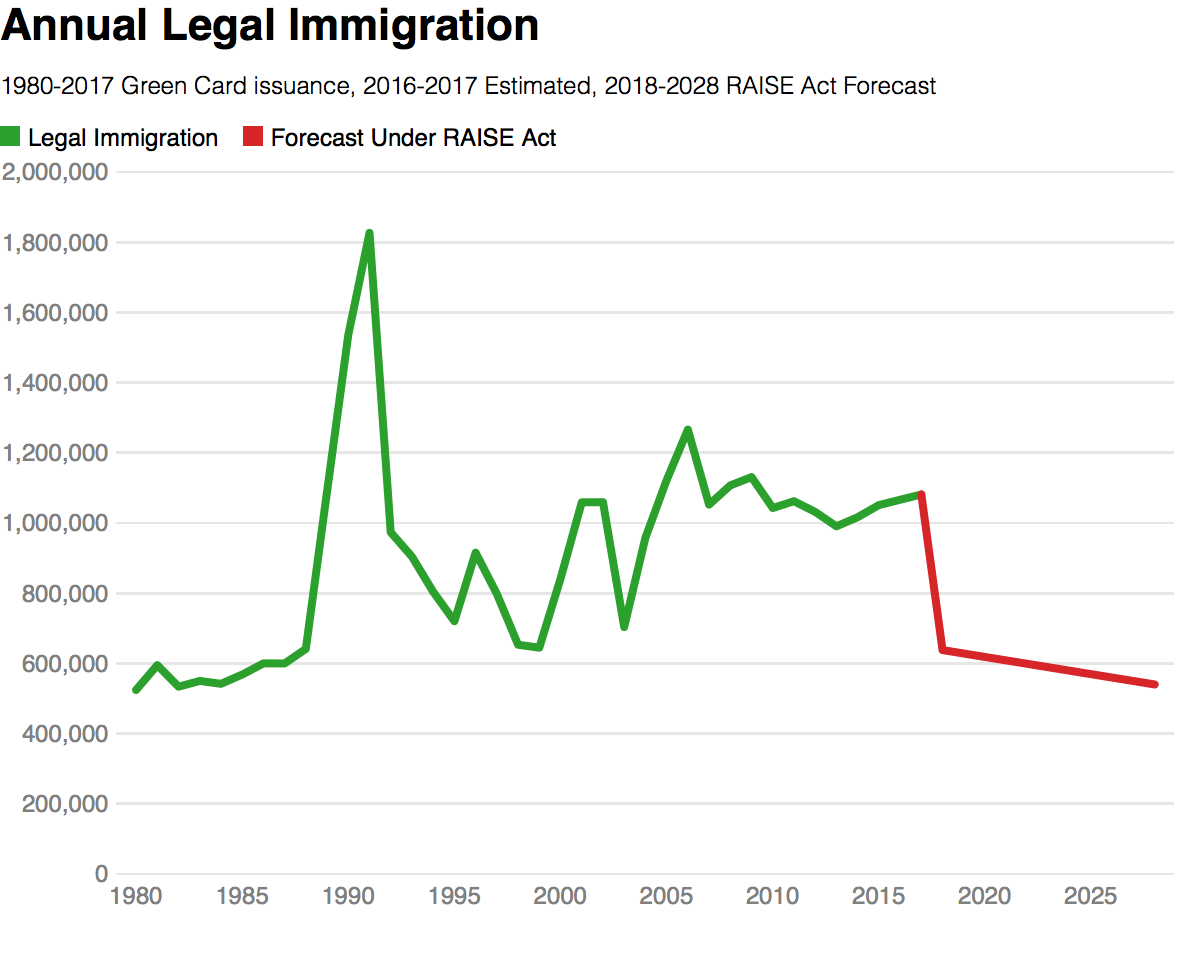Number of immigrants in the US
There are a total of 40 millions immigrants in the US as of year 2019. Slightly more than 1 million immigrants are granted lawful permanent residence (informally known as getting a green card) annually; just over half are already in the United States and adjusting from temporary status.
